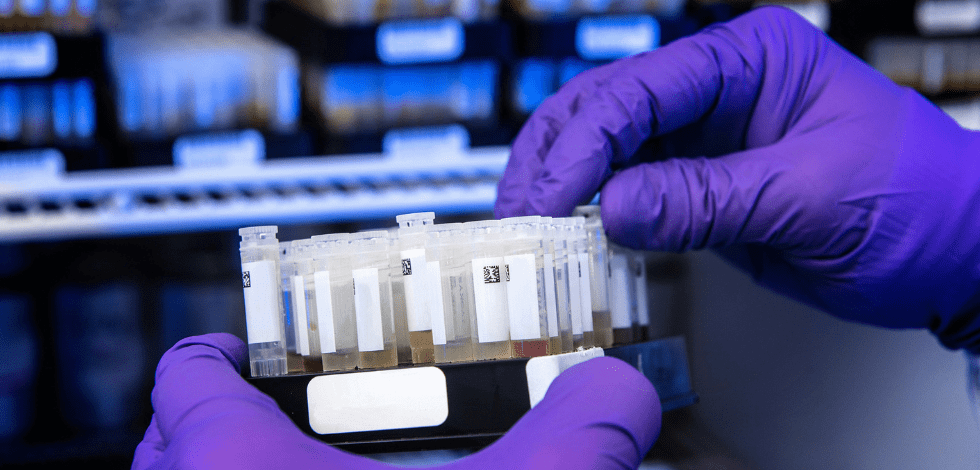Many companies who claim tax relief for their investment in research and development, aren’t optimising their claim value.
In the first of three articles, we ask the R&D tax expert how companies can optimise their R&D tax credits claim value:
What are the biggest factors in optimising claim value?
First and foremost, the biggest factor in optimising claim value is collaboration. Whether the person putting together the claim is an in-house or external accountant or consultant, they need the cooperation of the relevant people. Usually, this will be the manager responsible for overseeing the activity and expenditure, or sometimes a member of their team. Without this input, it may still be possible to put forward a claim, but it will not be as technically robust – or valuable – as a claim founded on all the relevant facts.

Close collaboration should lead to an in-depth understanding of the company. Where claims consultants don’t make site visits and request key documentation like organisation charts, I guarantee that the resultant claims will not be complete. Eligible expenditure and evidence for the claim are sure to be missed, and the claim value won’t be optimised.
To inform future claims, an external specialist should ensure that his/her knowledge is transferred effectively – that is, the client understands clearly what qualifies and what doesn’t, and just as importantly, why.
Finally, it may seem counter-intuitive, but fee structure is also a factor when a company uses consultants to assemble their claim. Fixed fees for this type of work may seem like a good idea, but it means that the work put in by the advisors can be determined by their budget rather than the full potential of the claim. So it’s unlikely to be optimised.
What areas are most often overlooked, reducing a company’s claim value?
Process improvement is a big area where companies miss out, particularly in manufacturing. It’s all well and good creating a new product with new capabilities, but bringing it to a mass market often also requires the development of new production processes.
Adaption of production machinery may also be required. Machines purchased for a particular purpose and function cannot just be reconfigured. Often, significant engineering modifications are required for new products that weren’t envisaged when the machine was manufactured.

Creating a product to match a competitor’s new or improved offering is another activity that tends to be overlooked. Many companies don’t see this type of replication as R&D; it’s simply considered “keeping up with the competition”. However, often in these cases the technical or scientific information behind the innovation is a trade secret. So the replica product requires a full R&D process and this CAN still be claimed for.
What are the key cost categories that make up a sizeable claim value?
Staffing generally accounts for the largest proportion of claim value. For the majority of our clients, the work that their internal staff do is essential to the R&D. Consumables costs – everything ‘used up’ during the process of technical problem solving i.e. material used in prototyping, scrap material costs and utilities – tends to be another major element.

I’d say the next most important category of costs, using HMRC’s claimant categories, are:
- For SME’s – Subcontractors
- For Large Companies – EPWs (Externally Provided Workers – generally third-party staff under the direction, supervision or control of the company)
What advice would you give to companies for making the most of their claims?
Motivate your staff to own the process. Unless you give them internal acknowledgement (through increased budgets and praise for their efforts), the technical staff with the knowledge crucial for a successful claim are unlikely to be fully engaged. They must be pulling in the same direction as the consultants or internal sponsor. Otherwise, the results will never be as good as they should be.
Could improve your R&D Tax Relief claim value? Ayming has developed a free online tool that companies can use to analyse their claims. Identify where you are doing well and highlight any areas for improvement. A check takes no more than 10 minutes:













